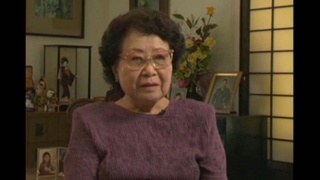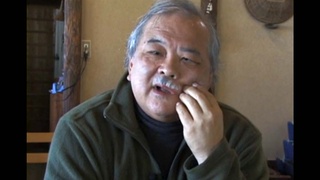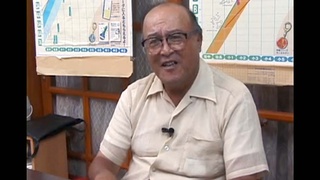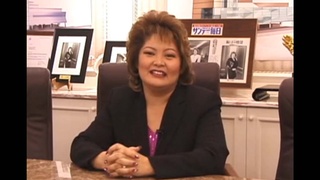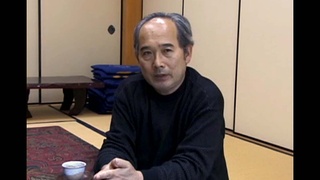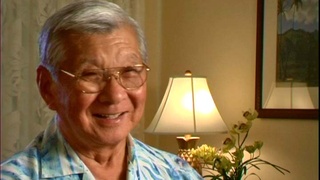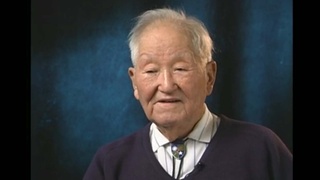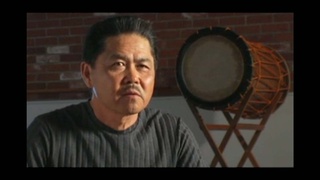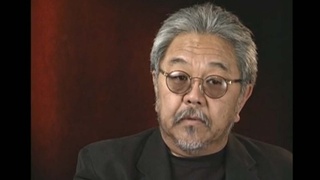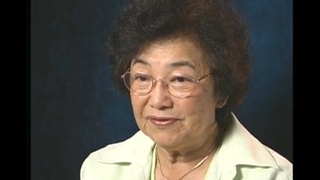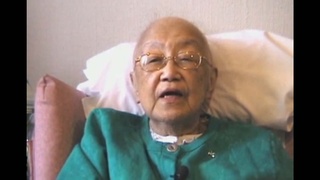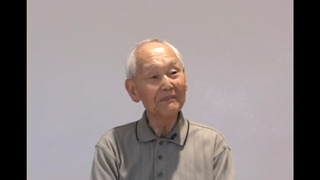Interviews
Next phase
Then time about my age was 54. I get the first heart attack I had. So, that condition, I stayed 5 day in the hospital. Then I came out then, I was O.K. but the doctor recommended "don't push it so hard. You better be careful." So I started to slow down. Then next four, that time already Ken was graduate SC, then started coming helping part-time. Part time he was working some place else. Then he decided "I'm gonna come to help nursery 100%." So I'm glad to hear that, that he would do it.
Then, another four year or five year later, I was 60. My health was coming back to O.K., but nursery business getting bigger. Employee and part-time used to be only 60, 70, 80 people, now over 150.
So my English to control whole business, specially sales part, sales has to be a more bigger market to look for, so like those time, Home Depot, like big customer like, so they were always, it's not so easy with my English. So I've been having a hard time. So, Ken said, "I'm gonna try." O.K., let's try it. That was a start, then he do very well.
So I decided after 60, I prep, it was a small company but it was a corporation. So I give president job for Ken, then sit back, then I started more concentration to my real estate investment business here there.
Date: February 2, 2012
Location: California, US
Interviewer: Chris Komai, John Esaki
Contributed by: Watase Media Arts Center, Japanese American National Museum

